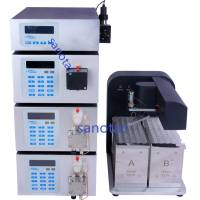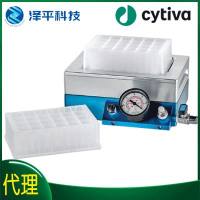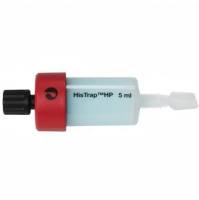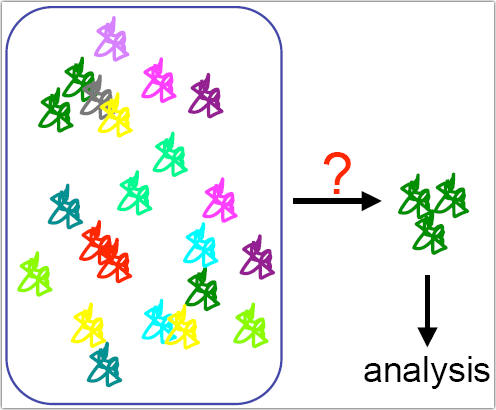蛋白质纯化的原理和方法(Protein Purification Principles and Methods)
互联网
Proteins
•Complex, polymeric, asymmetric and sensitive molecules
•Contain covalent bound prosthetic groups and non-covalent bound cofactors
•Many non-covalent bounds e.g. Hydrogen-Bounds, Dipol-Interactions and Hydrophobic-Interactions
•“Weak” interactions are important for structure and function (activity) of the protein
ÆIn most cases the purification must be gentle!
Before the purification…
•Cultivation of bacteria
•Cell disruption: Periplasmic and cytoplasmic proteins are released
•Centrifugation leads to a soluble fraction(supernatant) which contains all soluble periplasmic and cytoplasmic proteins and a membrane fraction from which membrane bound proteins can be solubilised with detergents (e.g. Triton X-100)
•The soluble or membrane fraction are the start point of the further purification by chromatography
Cell disruption:ÆFrench Press
Æ Lysozyme
Æ Ultrasonic
French Press

Membrane Proteins
•Peripheral membrane proteins: in most cases soluble in buffers with high or low ionic strength or high pH
•Integral membrane proteins: they contain trans membrane helices and must be solubilised to conserve conformation and function of the protein
Solubilisationof integral membrane proteins











